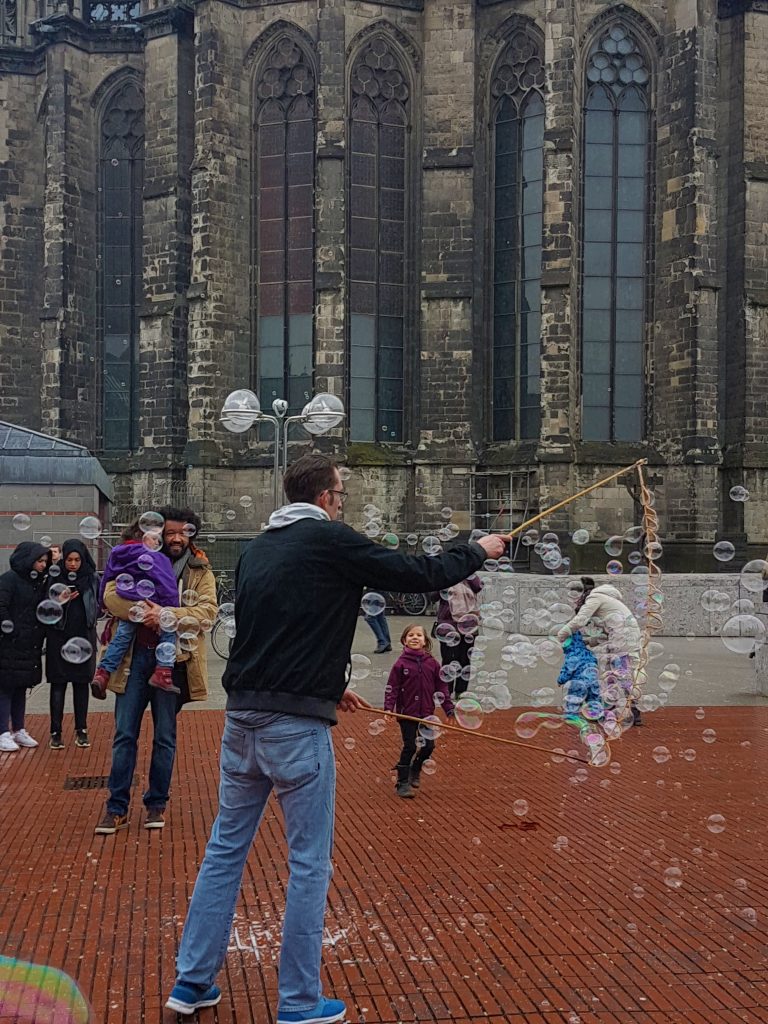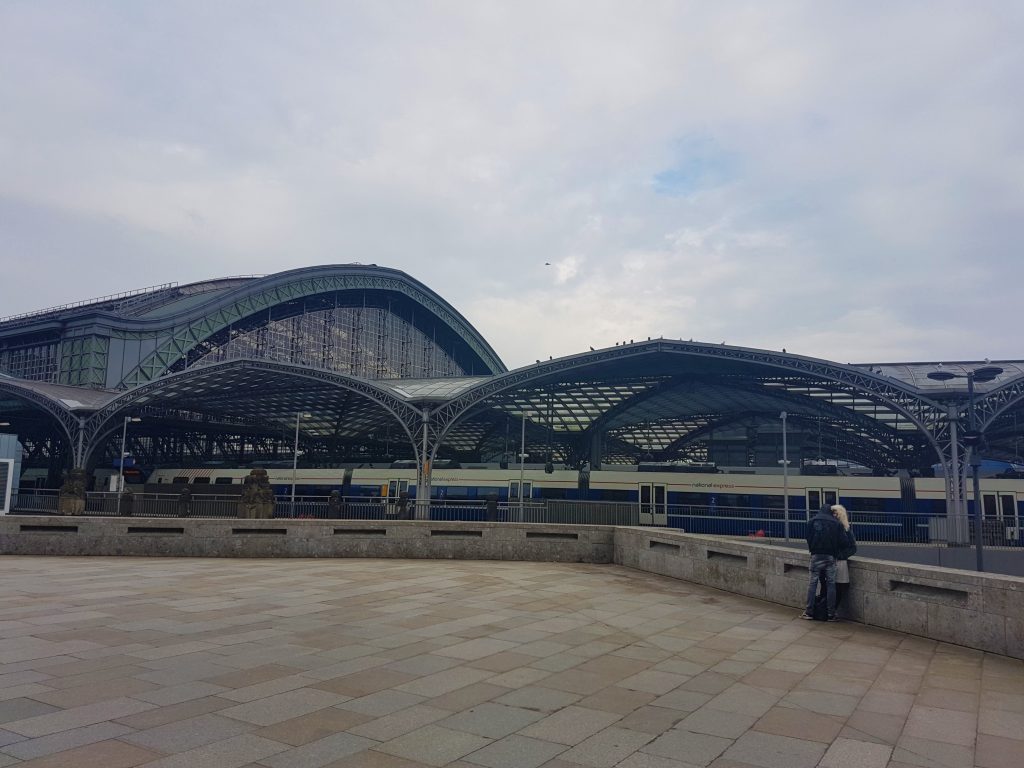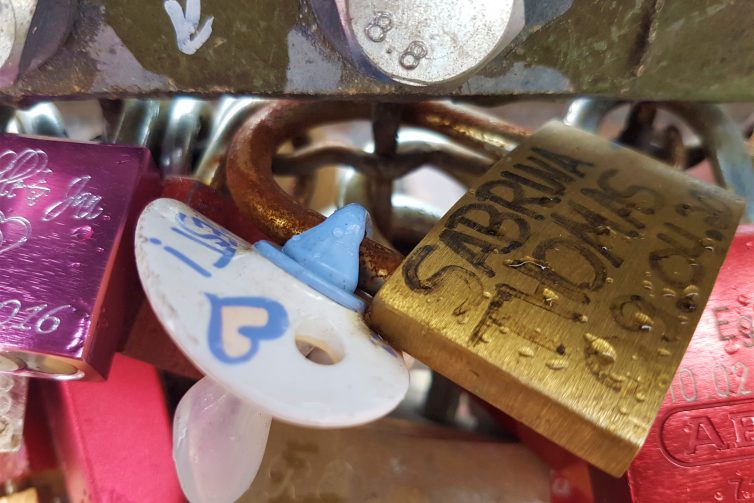With the first city visited in Germany, you will want to visit them all, one by one! Buildings from centuries ago blend with reminiscent buildings of the two world wars and with constructions contemporary with the times we are living in. We arrived in Cologne by train from Frechen, a small town 12 kilometers south of Cologne, where we were for a weekend visit. Almost all major cities in Germany have suburban rail systems called S-Bahnen (Schnellbahnen). They connect the cities to suburban areas and often, with other regional cities. S-Bahn trains stop at all stations. The train ride took 18 minutes. In Frechen, the train in the direction of Cologne stops every half hour. We traveled on the train with people costumed for the carnival, a preamble of The Crazy Days of 2017 Carnival, held from 23 to 28 February. You can check the train schedule or buy online tickets aici.

Köln is the fourth largest city in Germany, after Berlin, Hamburg and Münich, with nearly one million inhabitants. Crossed by the Rhine river, the city has one of the oldest universities in Europe and it is one of the most liberal cities in Germany, is known as the gay capital of Germany. Every year in July, there is a gay parade, one of the most important parades of its kind in the world. Cologne is a city of contrasts, home to the largest Gothic cathedral in the world, Cologne Cathedral, numerous cultural treasures from different eras, it is an important center of art with renowned exhibitions and an internationally known media center (studios RTL and VOX).
Although the weather was not too kind, with raindrops here and there, we were greeted by the great cathedral from the first steps outside the railway station. I admired the beauty of the building and I thought (again!) about the greatness of such buildings, about the people of the 13th century and their power of creating architectural details so perfectly! The cathedral reminded me of St. Vitus Cathedral from Prague, also a Gothic architecture. We walked to the gates of St. Peter’s Cathedral or the Dome of Cologne. Built between 1248 and 1473, the cathedral remained unfinished due to a lack of funds, leaving the south tower raised to the belfry level and crowned with a huge crane, which remained in the same place for 400 years. After discovering the original plan for the façade, the cathedral was completed in 1880, 632 years later than the year when the foundation stone was laid. The building has a height of 157 meters, it was the largest building in the world in the Middle Ages, and from 1996, is part of the UNESCO World Heritage. You can climb the southern tower if you’re in a good shape, but if not, prepare yourself for the view at the end of the 533 steps to be breathtaking, literally and figuratively 🙂 The Cathedral is closed during Liturgy. Entry into the cathedral is free, but a ticket to visit the Treasure Room and the South Tower costs 8 euros. For visiting hours, you can check the cathedral website here. Cologne Cathedral is an important place of pilgrimage because there are relics of the Three Magi.
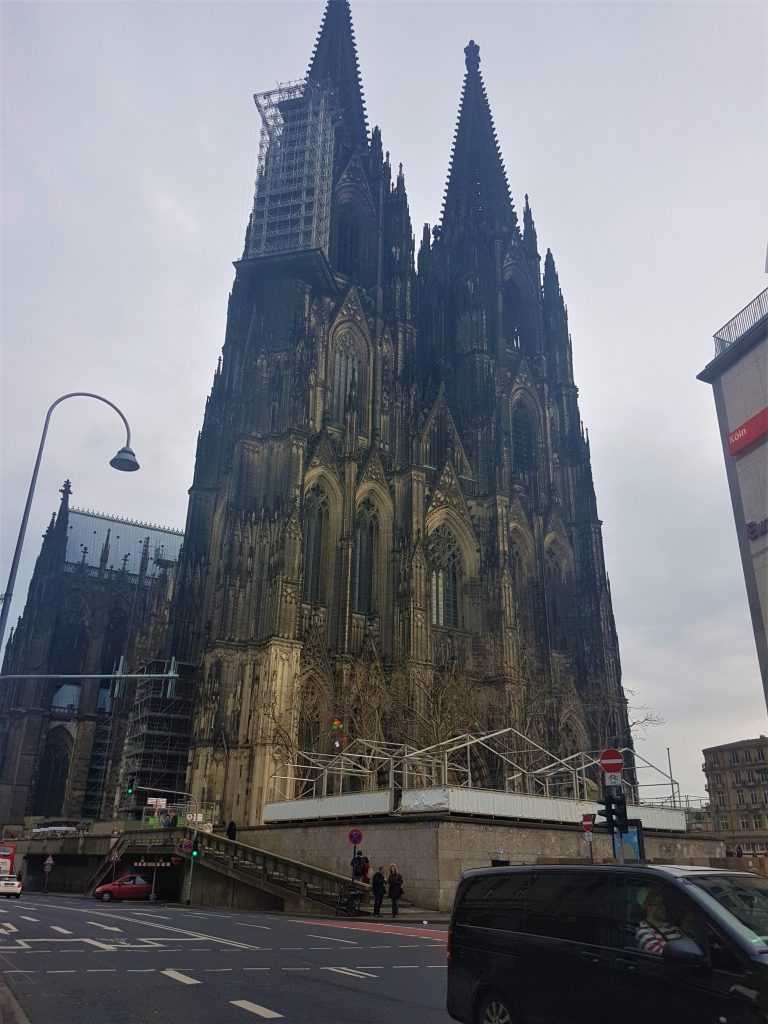
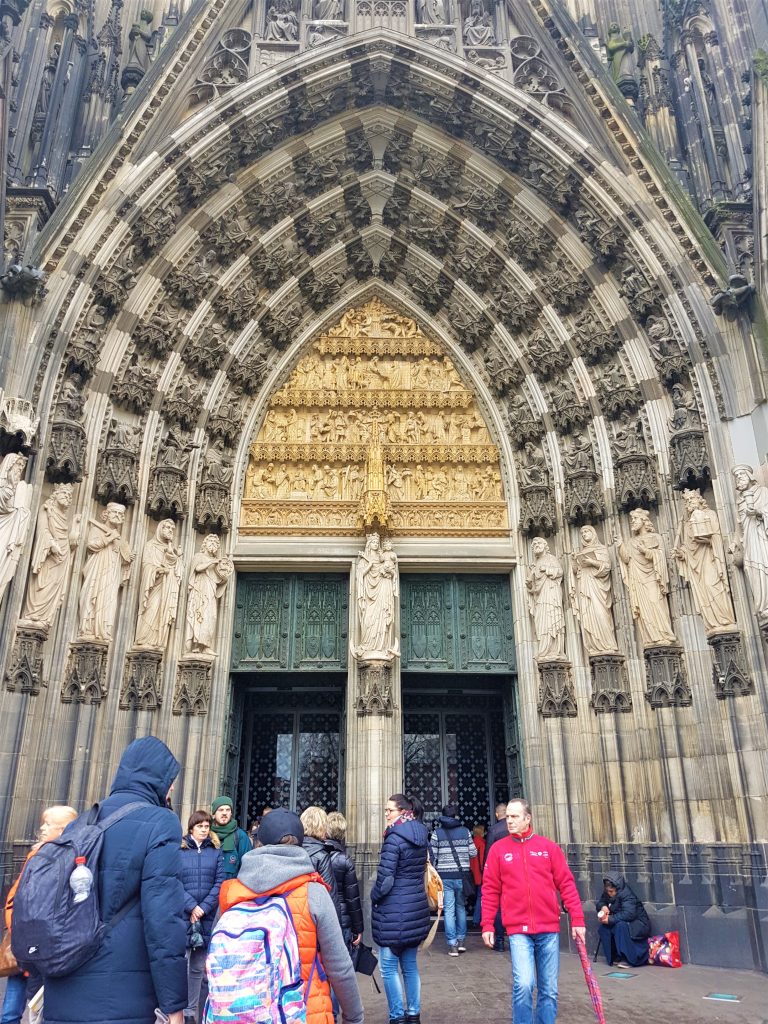

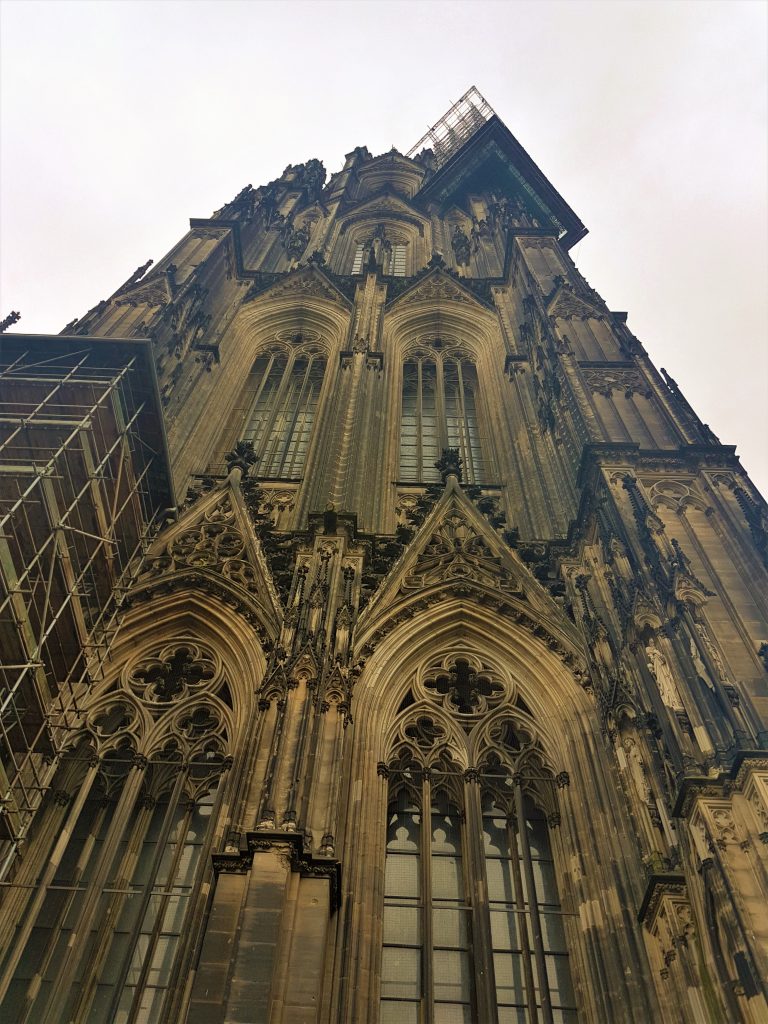
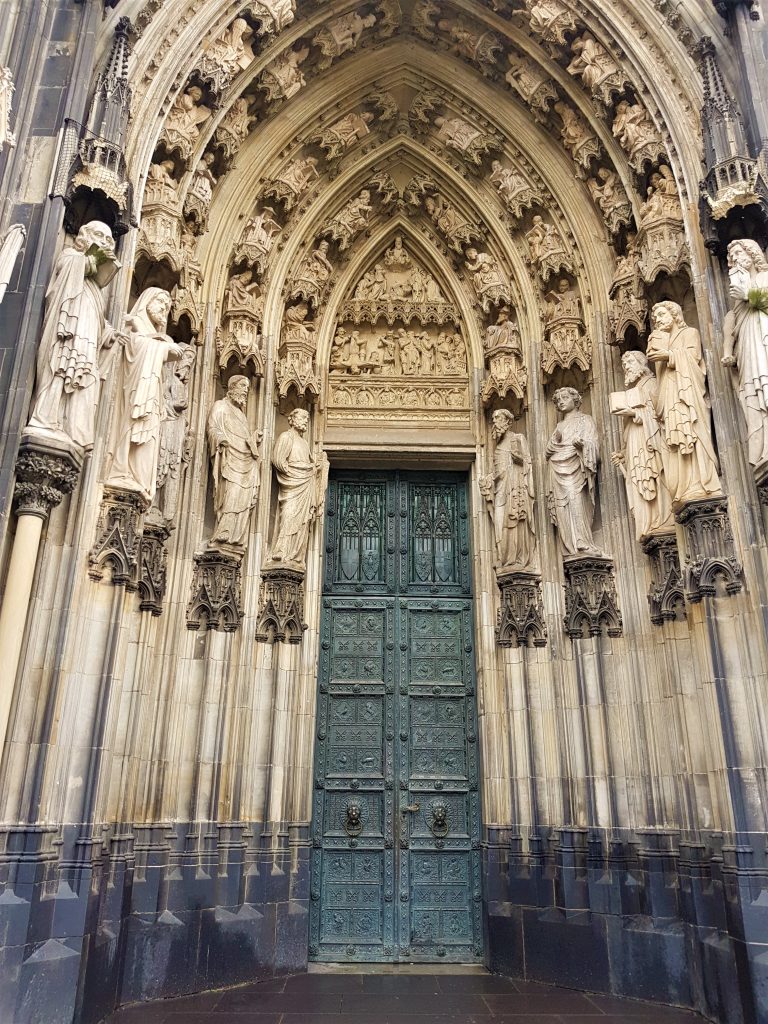

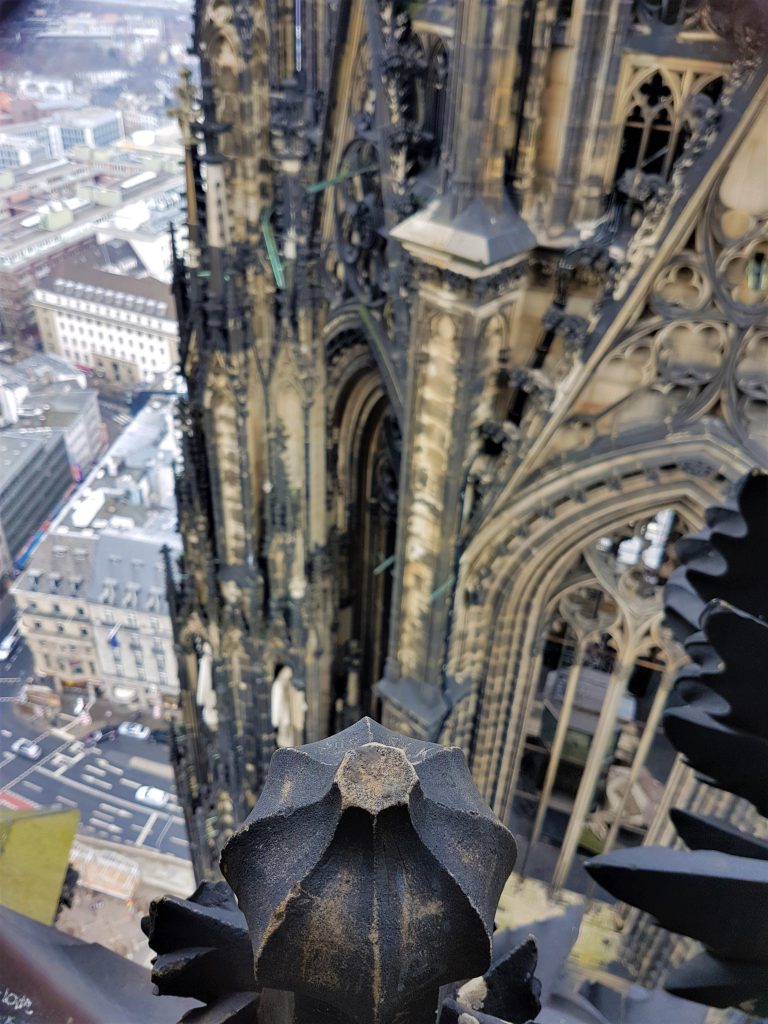

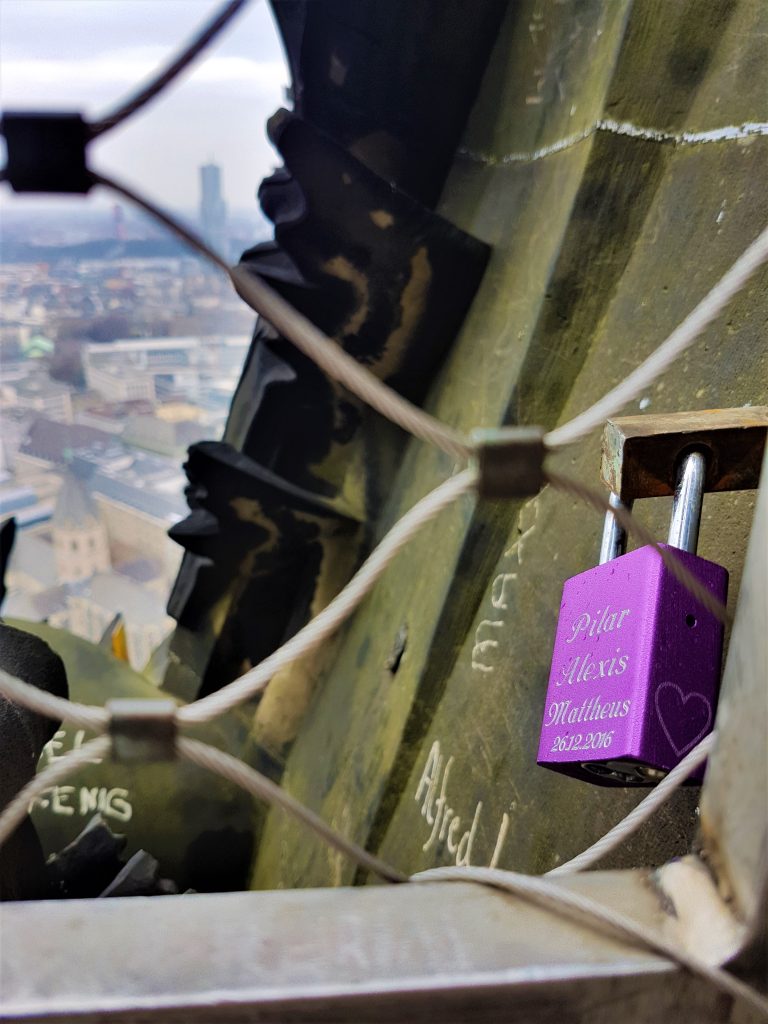
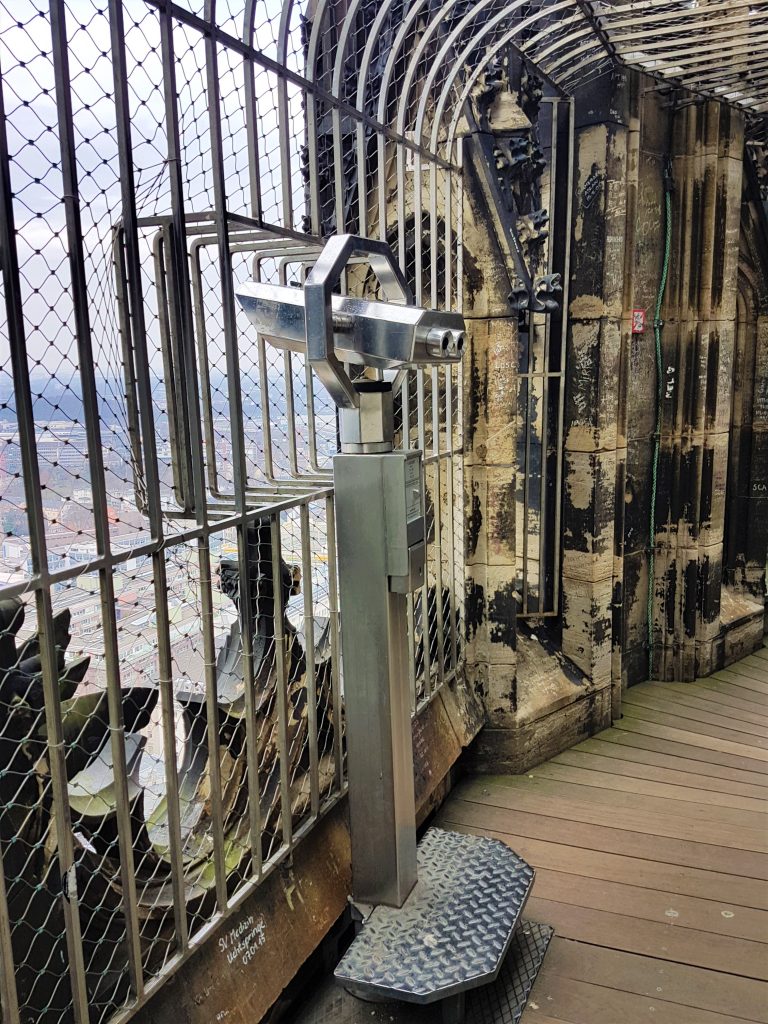
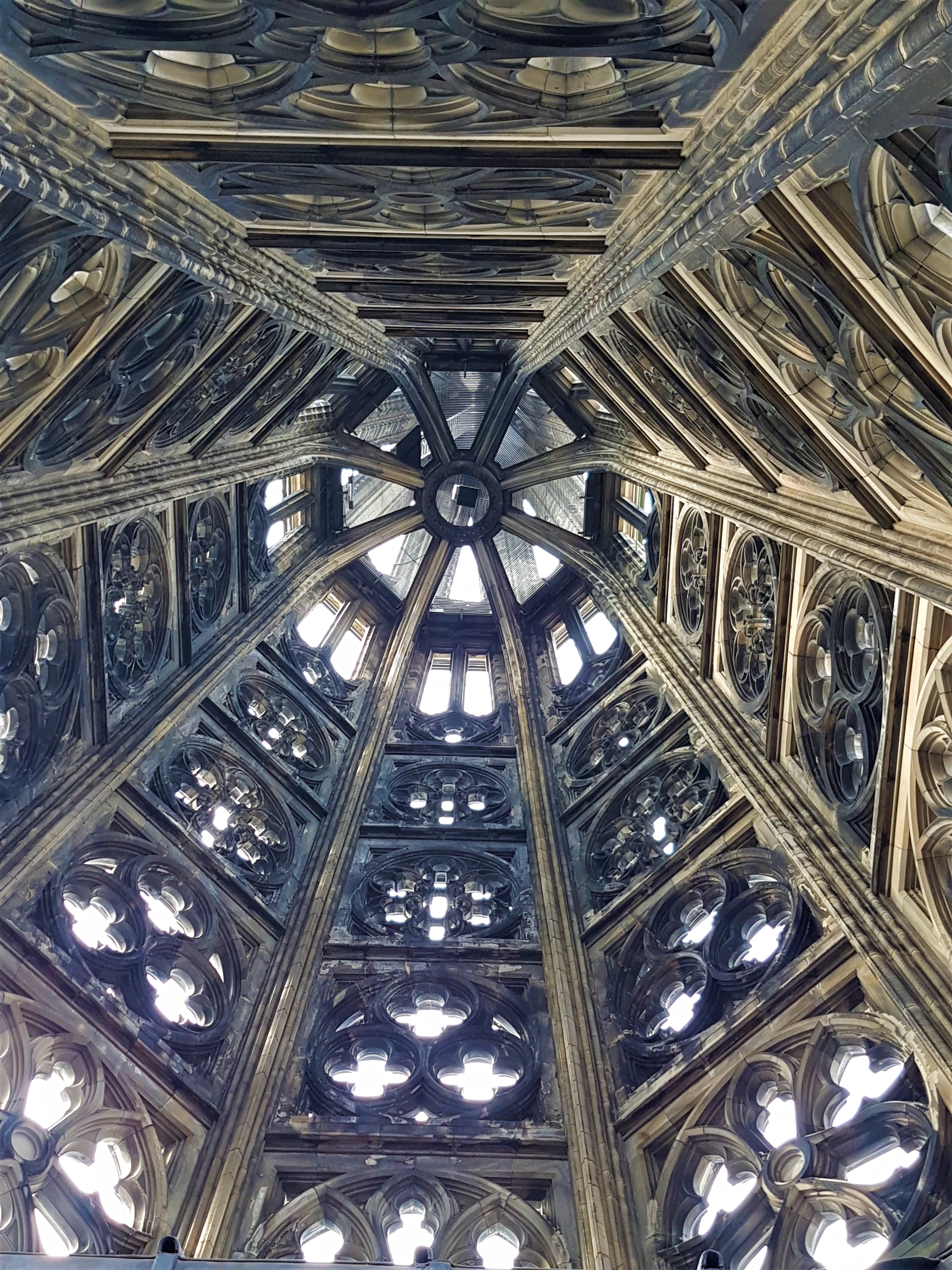
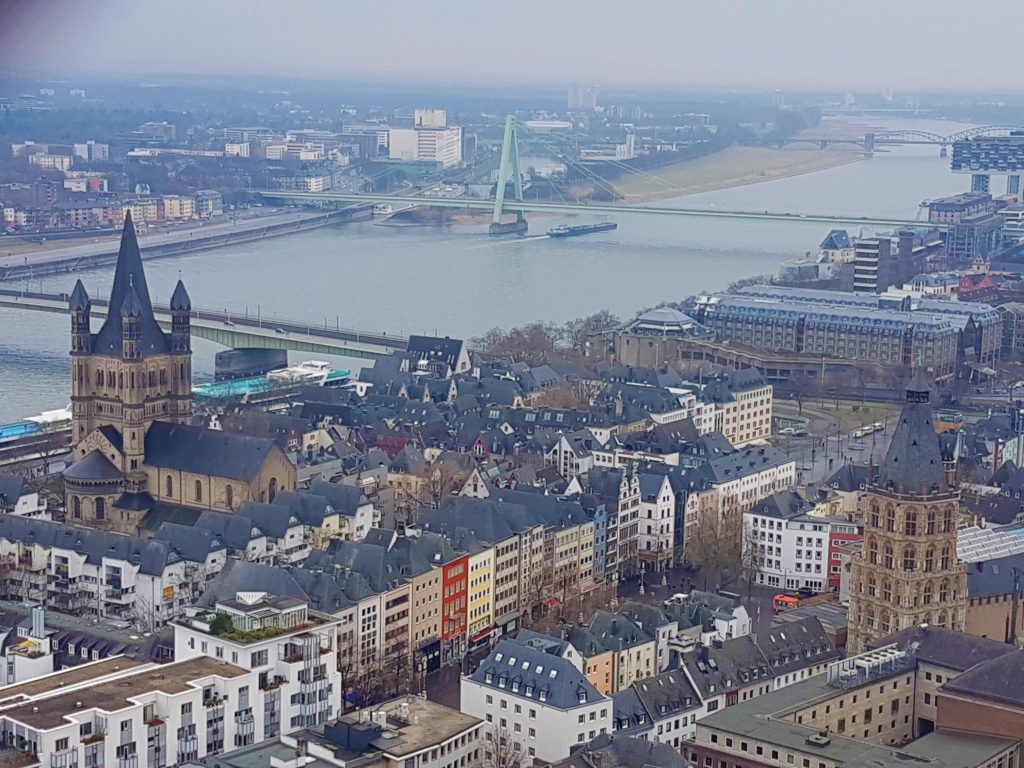
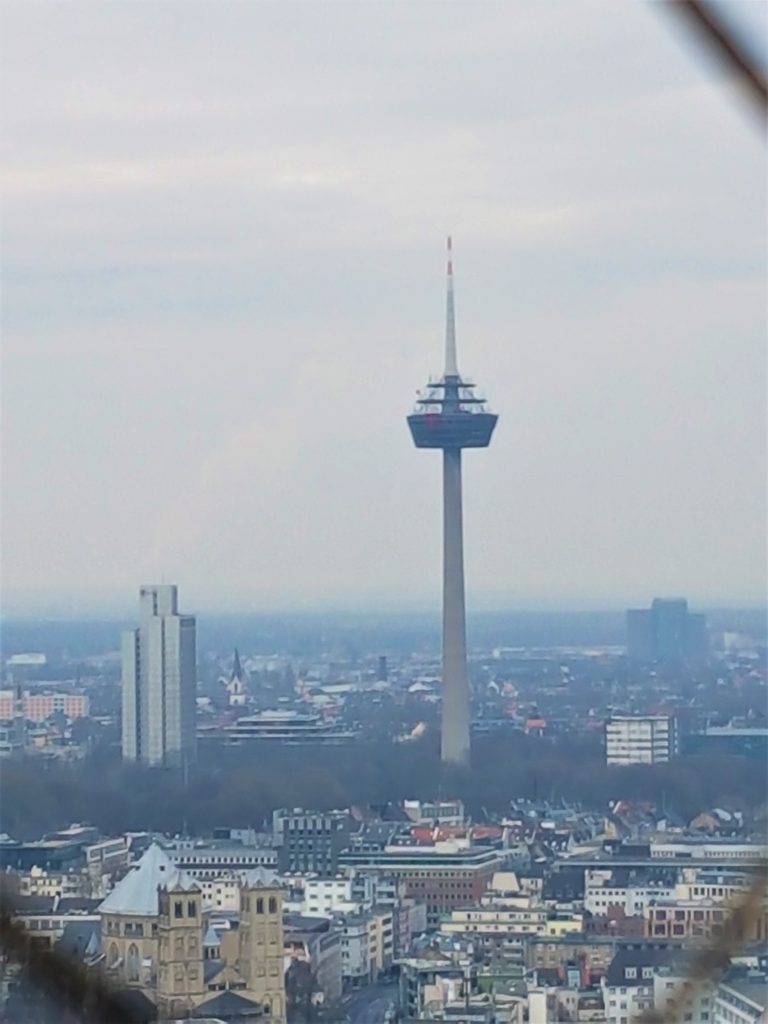

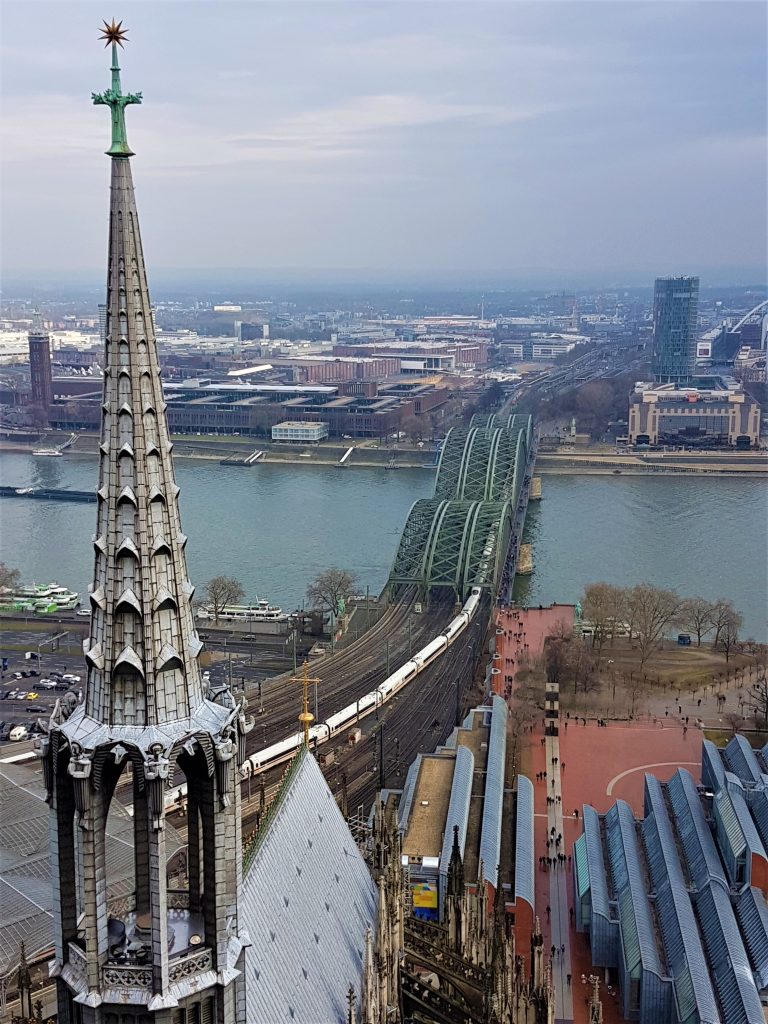
On the right side of the dome you will find, in addition to Hermes, Louis Vuitton and Chopard stores, the Romano-Germanic Museum, the Ludwig Museum and the Philharmonic, and behind the cathedral, Hohenzollern Bridge (Hohenzollernbrücke). The river Rhine is about 250 meters from the Cologne Cathedral. Ludwig Museum houses one of the most important collections of modern art in Europe, including a collection of paintings and graphics by Pablo Picasso and the largest collection of pop art, existing outside the US (which includes works by Andy Warhol and Roy Lichtenstein). I saw in the exhibitions of Ludwig Museum the Black & White, No 15 by Jackson Pollock, Piet Mondriaan’s Tableau 1, La Gare de Perpignan by Salvador Dalí and Mihail Sadoveanu’s portrait painted by Gerhard Richter. Gerhard Richter’s work is part of a temporal exhibition, which will end on 1 May 2017. More details about the exhibition you can find here. By the entrance of the museum bags/backpacks must be deposited. The deposit card costs 2 euros, refundable at the end of the museum tour. The ticket price is 10 euros.
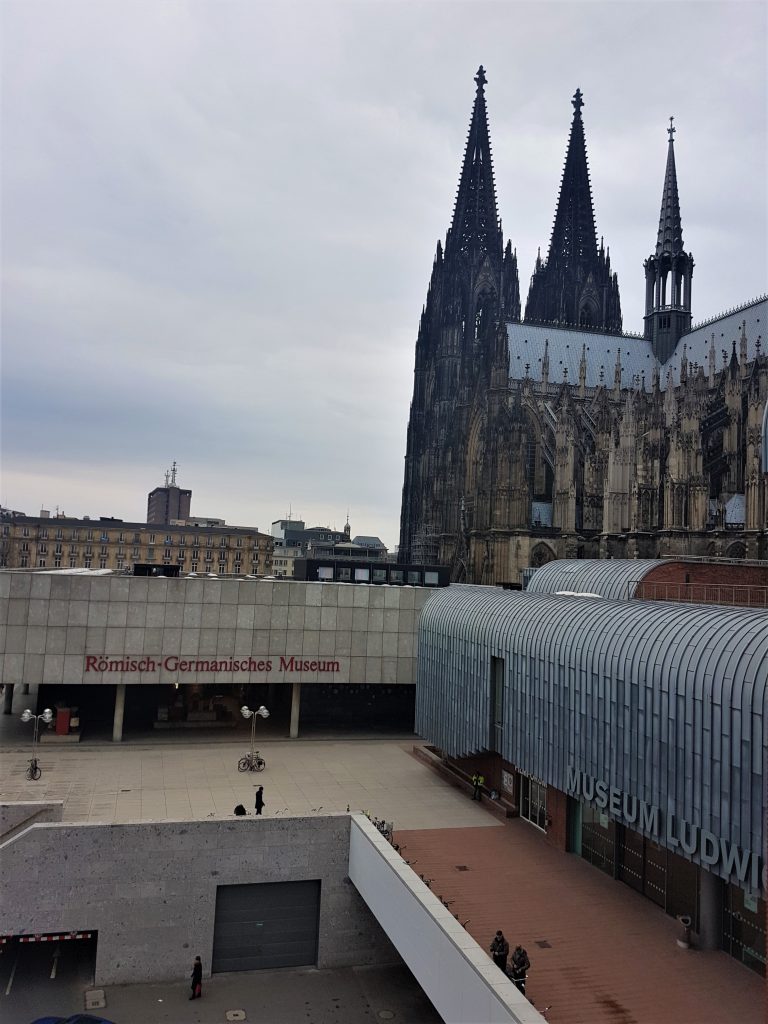
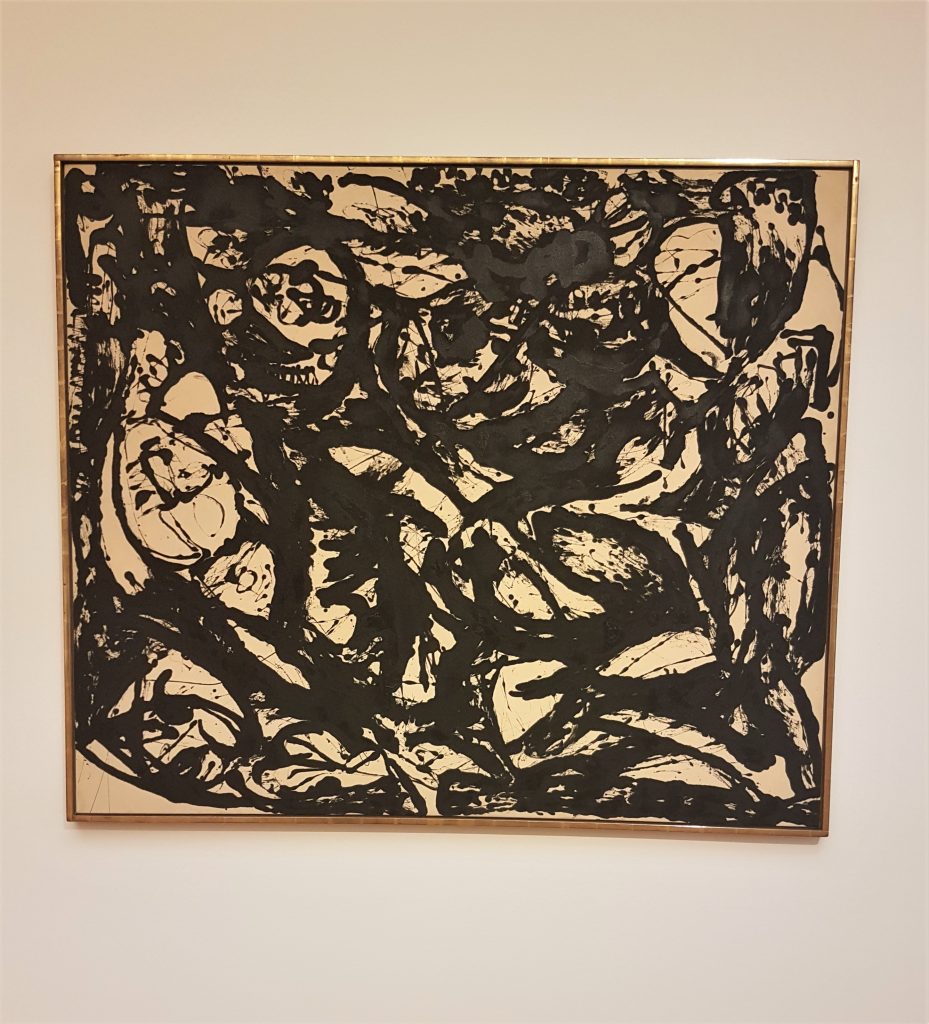
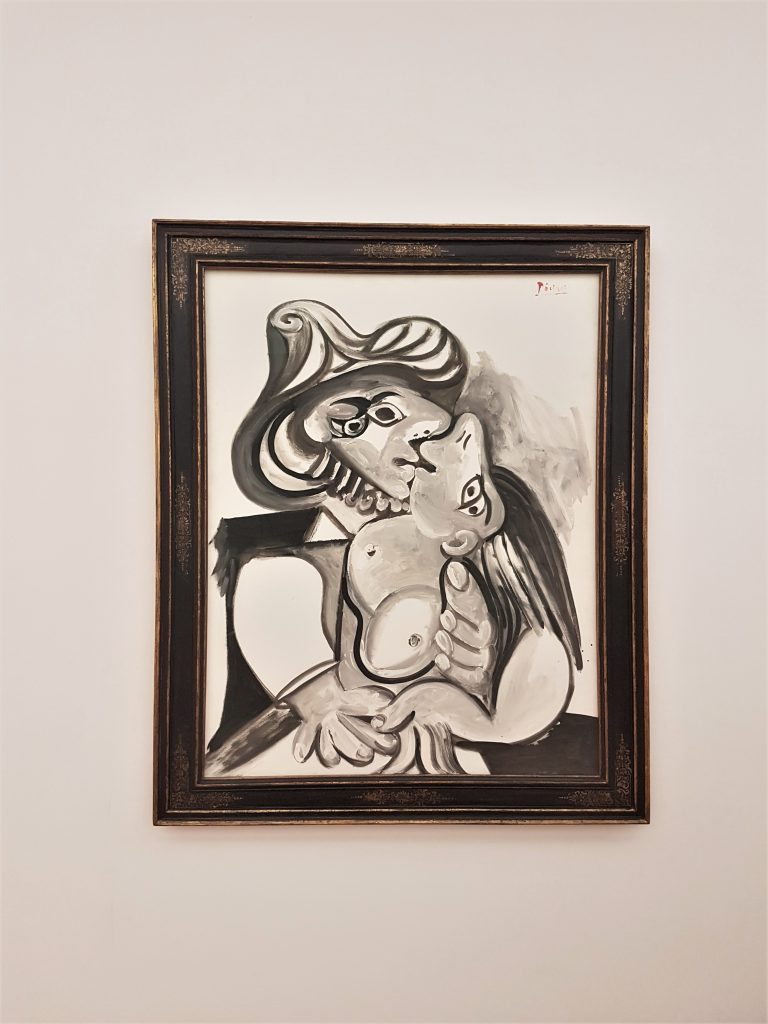
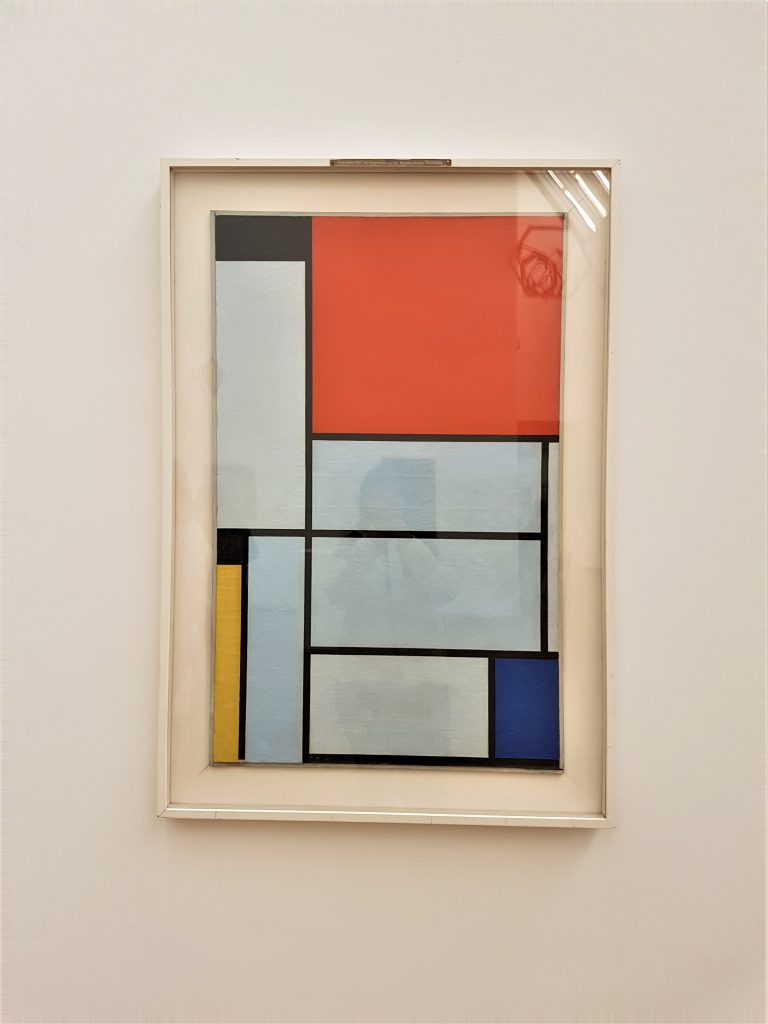
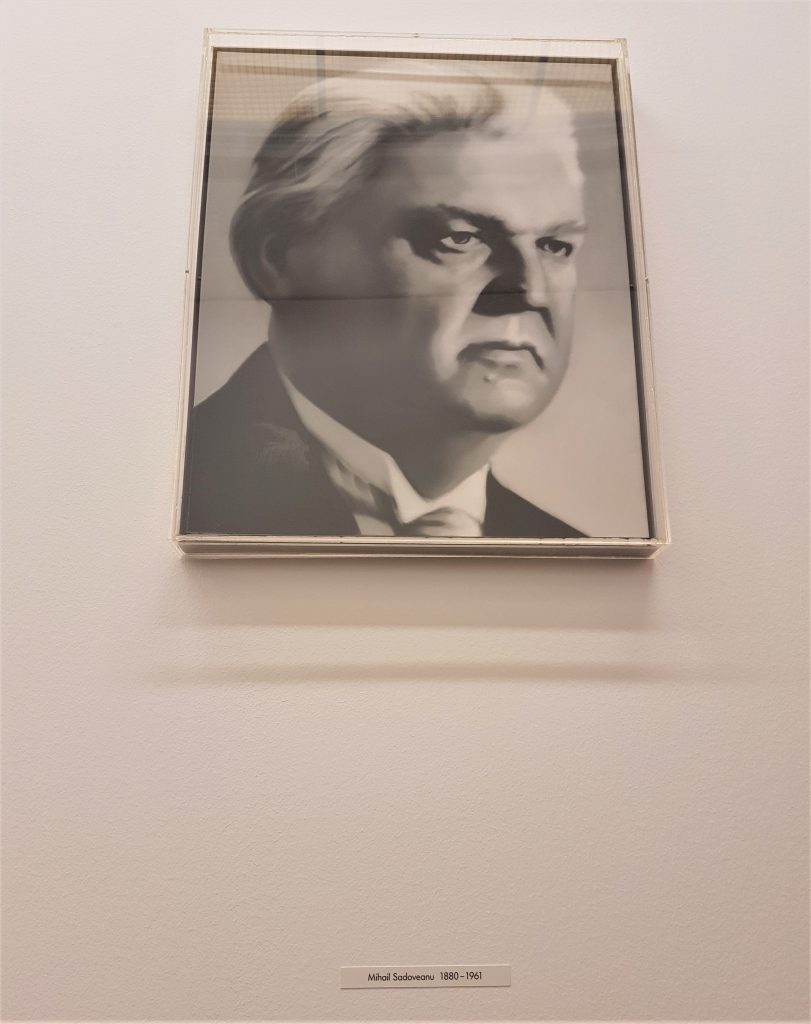
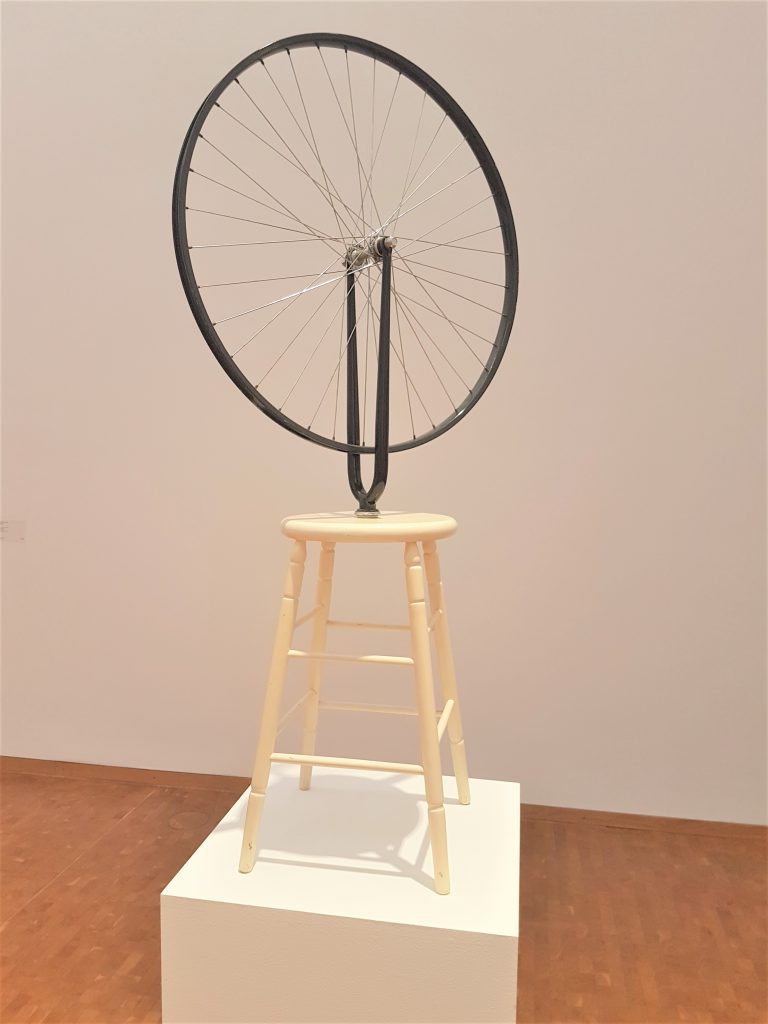

Köln, known as Cologne, is famous as well for the Eau de Cologne, a perfume created by an Italian expat, Johann Maria Farina, at the beginning of the 18th century. During the 18th century, the fragrance became increasingly popular and was exported throughout Europe by the Farina family.
From the Ludwig Museum, we passed the Cologne Philharmonic and walked through the raindrops towards the Hohenzollernbrücke Bridge which crosses the river Rhine. This is the most powerful railways’ bridge in Germany, crossed by more than 1200 trains every day. The bridge was built between 1907 and 1911 after the old bridge, the Cathedral Bridge (Dombrücke), was demolished. It is framed by four equestrian statues of Prussian kings and German emperors Hohenzollern’s family. On the right bank of the Rhine is the statue of Friedrich Wilhelm IV of Prussia and Kaiser Wilhelm I and on the left bank, the equestrian statues of the emperor Friedrich III and Wilhelm II. The total length of the bridge is 409,19 meters. Thousands of tourists and residents in Cologne hang “love padlocks” on this bridge. Painstakingly created piece by piece, like an endless stream of couples who came to show their love in public, year after year the bridge turns into a veritable outdoor museum of love. Thousands of padlocks hanging from the railings of the bridge, each inscribed, painted, or decorated by the couple who hung it. Love locks tradition began only in 2008 and so far hampered the bridge about 2 tonnes. I looked enchanted by the overwhelming amount of padlocks. I was already imagining the love stories behind each couple, clinging to the padlock of their love full of hope, a promise of eternity. Alongside, a happy couple, captivated by their own affection, playful laugh at each other, she has an open padlock in her hand. Even their eyes were smiling. They are ready to become part of the permanent collection of love from Cologne. The lock is the power of the attachment to their relation to one another. They hung the shiny padlock, kissed just like the rain was nonexistent, walked hand in hand to the edge of the bridge and let the key fall into the muddy water of the Rhine. Ahh … isn’t it romantic? 🙂
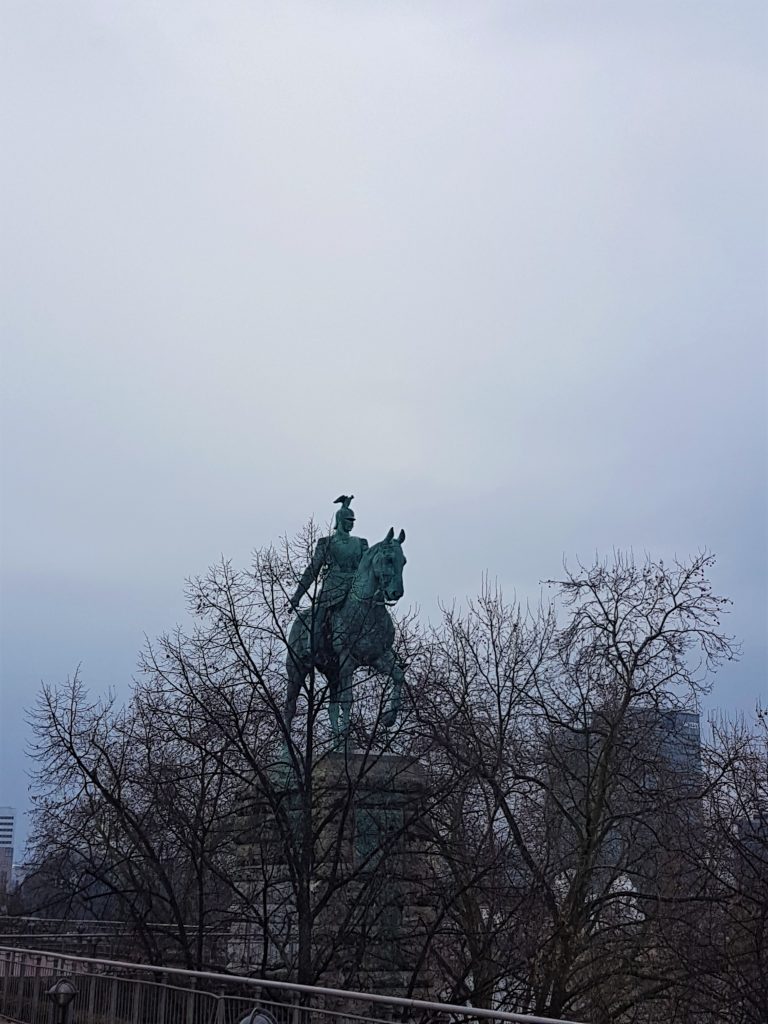


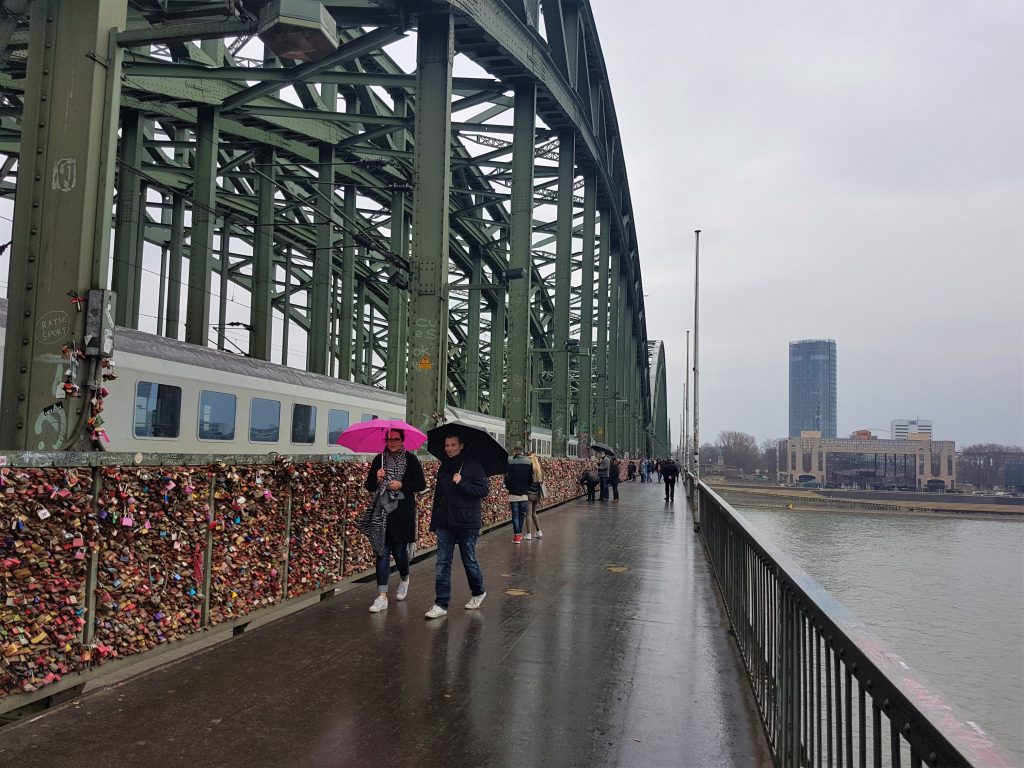

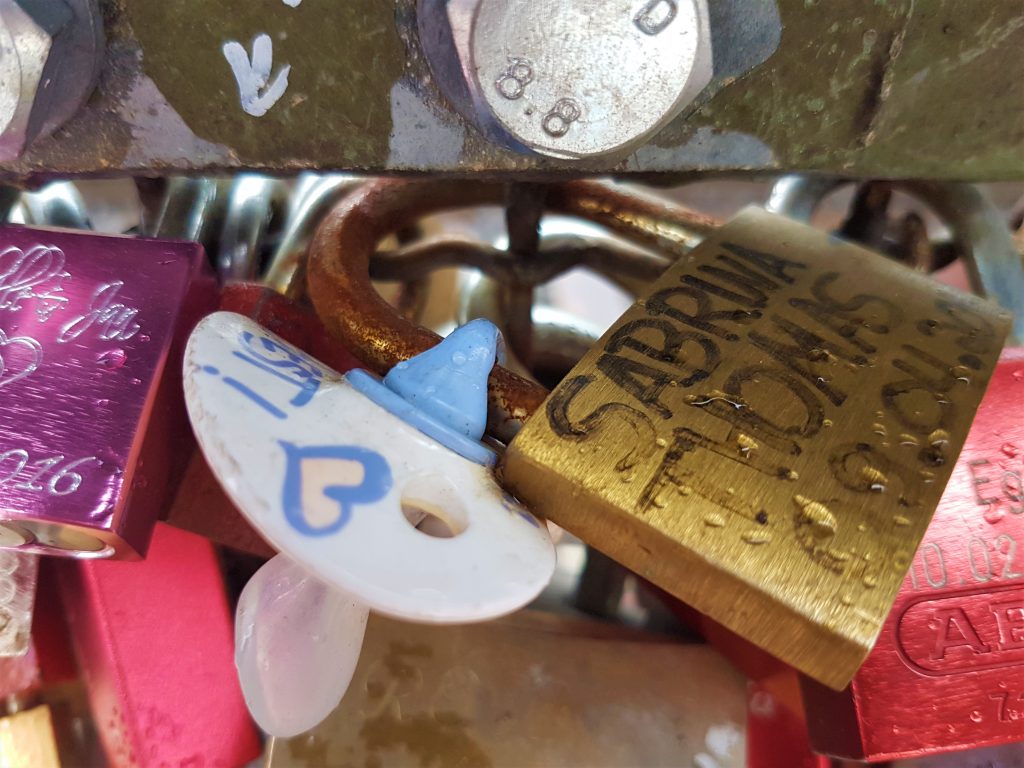
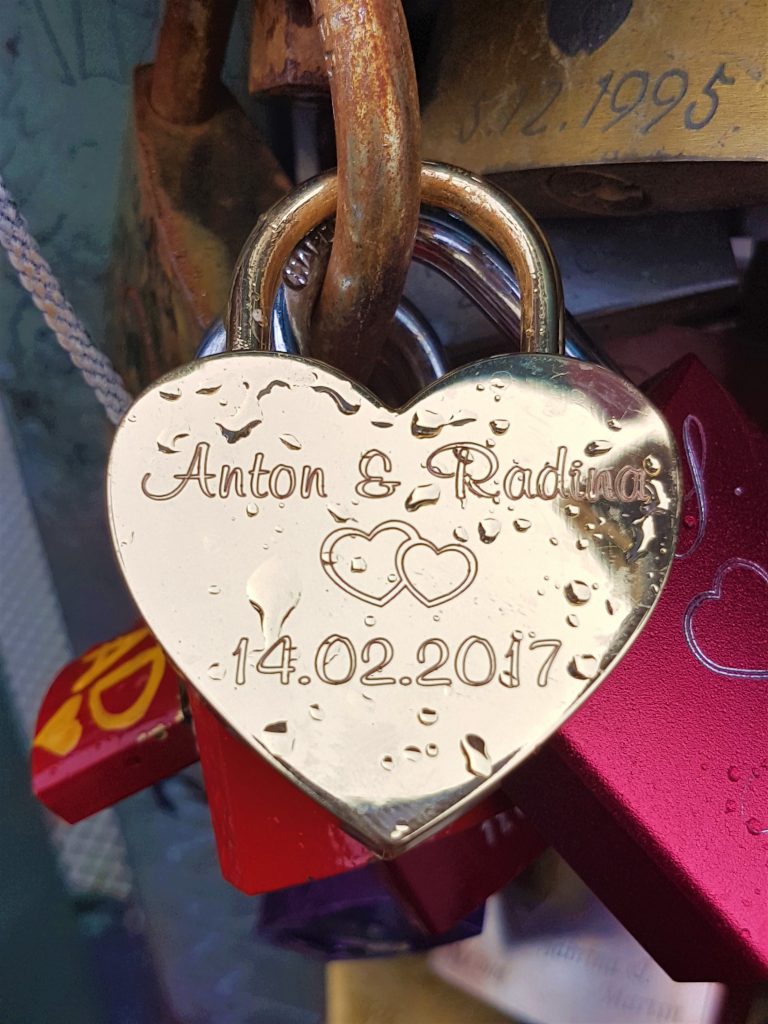
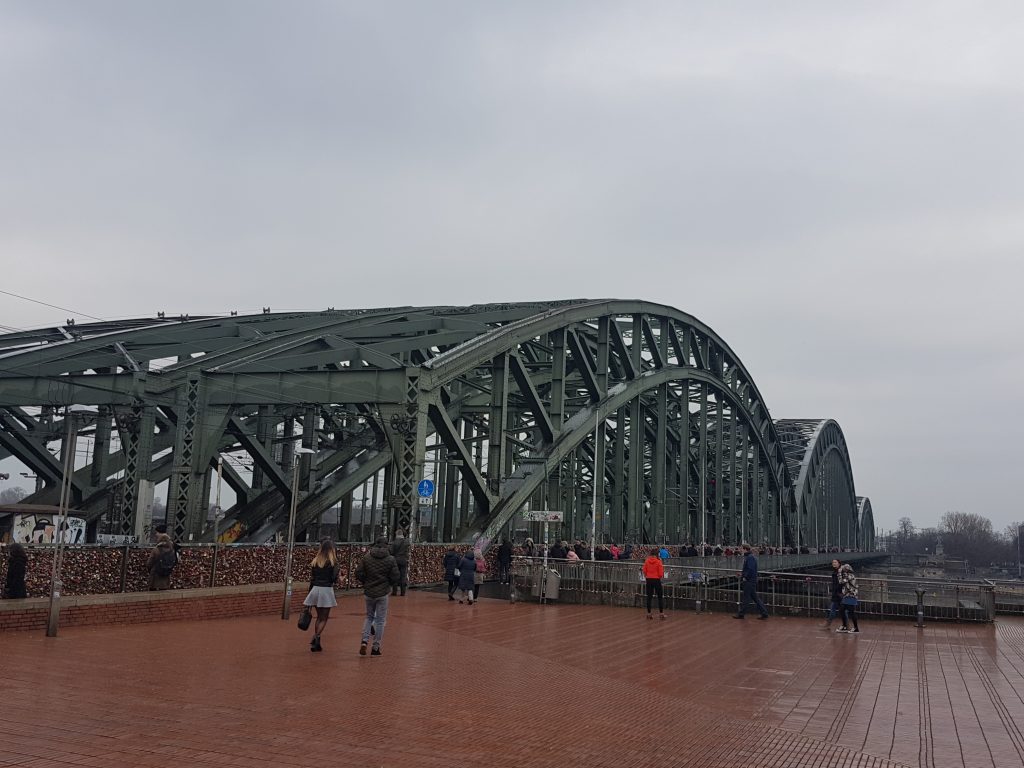
I wandered the streets a little bit more, promising to myself to come back and walked slowly to the railway station. The truth is that my new boots were killing me, but I was too stubborn to wear them anyway, thinking that I must wear them to become softer:) I got a caramel macchiato from the Starbucks at the entrance of the station and got on the train. I haven’t seen the Chocolate Museum, nor the Wallraf-Richartz Museum, which houses art from the 13 to 19 centuries, including Dutch painters. I had on my list the old town hall, Hard Rock Café Cologne and Farina Haus, but I will go back for another weekend, especially as the city of Cologne is just two hours drive from where I live. So, see you soon, Cologne!
